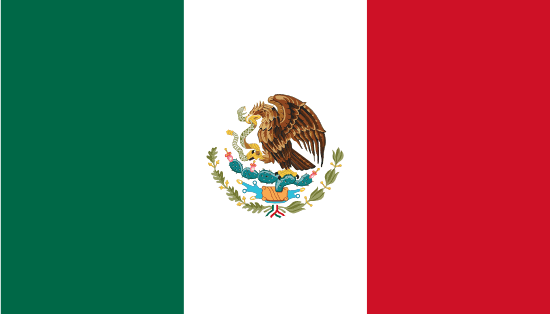"Zempoala, cuna de la historia | Zempoala, cradle of history"
About:
Zempoala, a town in Hidalgo, Mexico, was founded by the Totonac people around 1500 AD. It was one of the first places Hernán Cortés visited in 1519 during the Spanish conquest of Mexico. Zempoala was significant in the formation of the Spanish-Totonac alliance against the Aztecs. Post-colonial period saw its decline. Today, it's known for its archaeological sites, particularly the Zempoala Archaeological Zone, which features pre-Columbian pyramids and ancient city ruins.
When to visit:
Zempoala, located in the state of Hidalgo, Mexico, experiences a subtropical highland climate with distinct wet and dry seasons. The best time to visit Zempoala for a holiday is during the dry season which typically runs from November to April. During this period, visitors can expect pleasant weather with clear skies and comfortable temperatures ideal for outdoor activities such as hiking and exploring the archaeological site of the Zempoala Ruins. It is advisable to avoid the rainy season from May to October as heavy rainfall can impede travel and limit outdoor excursions.
When to avoid:
Zempoala, [object Object] is generally considered to be a popular destination year-round for holiday travelers. However, the worst time to visit Zempoala would likely be during the rainy season, which typically occurs from May to October. Heavy rainfall during this period can lead to flooding, landslides, and difficult travel conditions. Travelers are advised to check weather forecasts and plan accordingly if visiting Zempoala during the rainy season.
Rainy Season
The worst season to visit Zempoala is during the rainy season (May to October) when the city experiences heavy rainfall, making it difficult to explore outdoor attractions.
Dry Season
The best season to visit Zempoala is during the dry season (November to April) when the weather is pleasant and perfect for sightseeing and outdoor activities.
Language:
Zempoala, a city in Mexico, primarily features speakers of Spanish, as it is the official and most widely spoken language in the country. There may also be speakers of various indigenous languages, including Nahuatl, the language of the ancient Aztecs, due to the city's historical significance.




